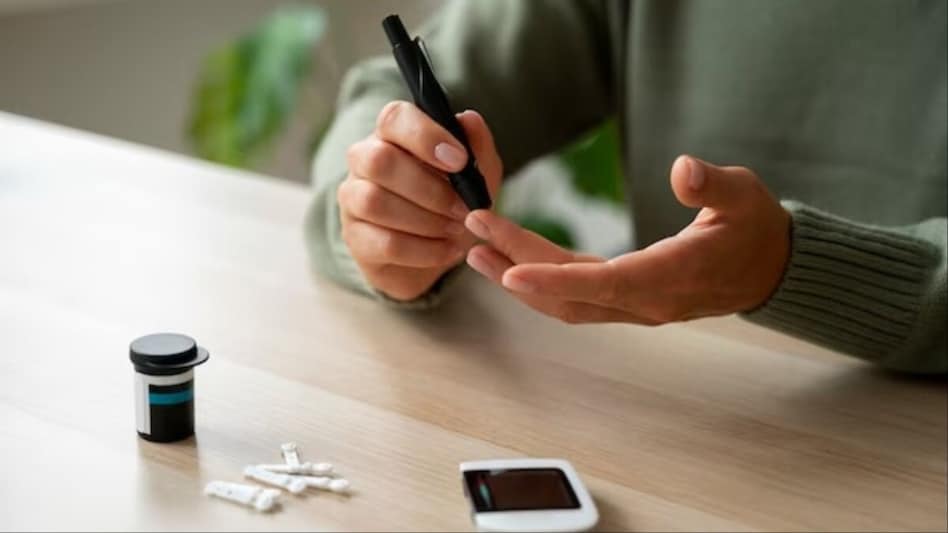 Such a treatment could ease life considerably for people with Type 1 diabetes, freeing them from constant hospital visits and daily injections.
Such a treatment could ease life considerably for people with Type 1 diabetes, freeing them from constant hospital visits and daily injections.
 Such a treatment could ease life considerably for people with Type 1 diabetes, freeing them from constant hospital visits and daily injections.
Such a treatment could ease life considerably for people with Type 1 diabetes, freeing them from constant hospital visits and daily injections.In a leap forward that could transform how diabetes is managed, scientists have developed 3D-printed human pancreatic islets that may one day replace daily insulin injections with a more natural, long-lasting solution. The potential breakthrough arrives as global diabetes cases surge, with around 8.4 million people currently living with Type 1 diabetes — a figure projected to double to over 17 million within two decades, according to studies in The BMJ.
At present, insulin therapy — through injections or pumps — is the cornerstone of treating Type 1 diabetes, helping patients compensate for the destruction of pancreatic islets by their immune system. These islets normally regulate blood glucose levels, and their loss creates a lifelong dependency on insulin.
Now, researchers have bioprinted human islets designed to mimic the body’s own tissue structure, allowing them to integrate seamlessly under the skin. Tests show these lab-made islets stay functional for about three weeks, producing insulin in response to glucose levels without complications.
This marks a sharp improvement over older transplantation attempts, which could take weeks to activate and often damaged the islets’ surrounding extracellular matrix, reducing their survival inside the body.
“This is one of the first studies to use real human islets instead of animal cells in bioprinting, and the results are incredibly promising. It means we're getting closer to creating an off-the-shelf treatment for diabetes that could one day eliminate the need for insulin injections,” said Dr Quentin Perrier, lead researcher at Wake Forest University’s Institute for Regenerative Medicine.
Such a treatment could ease life considerably for people with Type 1 diabetes, freeing them from constant hospital visits and daily injections.
To create the 3D-printed islets, scientists formulated a bioink from the pancreas’ extracellular matrix combined with alginate, a carbohydrate derived from brown algae. Human islets were then suspended in this custom bioink and printed layer by layer using an extrusion bioprinter.
“Our goal was to recreate the natural environment of the pancreas so that the transplanted cells would survive and function better,” explained Dr Perrier. “We used a special bioink that mimics the support structure of the pancreas, giving islets the oxygen and nutrients they need to survive.”
Although further clinical trials are needed before these bioprinted islets can become a widespread treatment, the development offers fresh hope to millions living with Type 1 diabetes around the world.